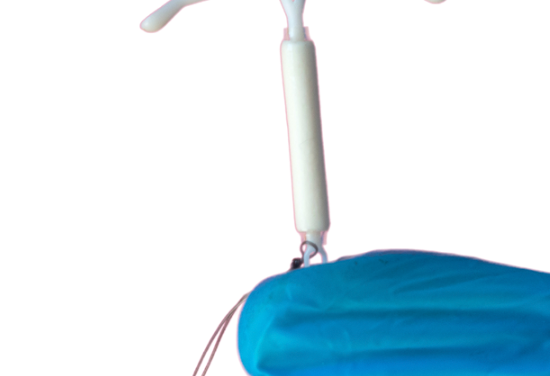There are 2 different types of IUD: Hormone and Copper.
- A hormonal IUD contains the hormone progestin and has a high safety against pregnancy.
- A copper IUD is without hormones, but has a thin layer of copper and also protects against pregnancy.
Neither the hormonal IUD nor the copper IUD increases the risk of blood clots and cardiovascular disease and can be used by the vast majority of women. With a hormonal IUD, the bleeding pattern will often change: many people lose the bleeding completely, while others get regular or irregular bleeding.
There are four types of hormonal IUD on the market; Mirena lasts for 8 years, Levosert for 6 years, Kyleena for 5 years and Jaydess for 3 years. They contain different amounts of hormones, and have slightly different sizes. The copper coil is hormone-free and lasts for 5 years. If you are unsure which type of spiral to choose, our gynecologists can help you find the best option for you and your body.
Several of our gynecologists offer GyneFix® insertion – a hormone-free copper IUD. You can book an appointment directly with our certified GyneFix gynecologists: Dr. Azita Mahmoudan (Hegdehaugsveien), Dr. Julia Hoge (Grünerløkka), or Dr. Jitka Sladkova (Ensjø).
Book an appointment 



